by Oliver DeMille
Where’s the Value?
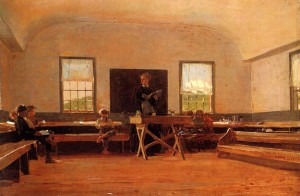 She shook her head. “I just don’t think it’s that important,” she said. “Why would anyone read Little House on the Prairie to their kids? There are so many other books to read, like scripture and important works of history, literature, and morality.”
She shook her head. “I just don’t think it’s that important,” she said. “Why would anyone read Little House on the Prairie to their kids? There are so many other books to read, like scripture and important works of history, literature, and morality.”
I grinned, “Well, you wouldn’t want to read Little House on the Prairie until you read Little House in the Big Woods. Then the sequel will make more sense.”
“Touché,” she nodded. “I haven’t read either, at least not for many years, so I guess I shouldn’t use that series as the example. But seriously, there are a lot of books that people call classic that just don’t seem very important to me.”
“I don’t disagree with that,” I said. “Everyone should eventually have a personalized classic list—made up of the books they love and that teach them the most. I’ve always taught that no ‘official’ list is enough. You have to read them for yourself, then pick and choose. Different books are worth more, or less, to different people, and to different families.”
I took a breath, then continued, “But as for the Little House series, it’s one of the great ones. It’s good for almost everyone. Are there exceptions? No doubt there are a few. But I don’t think there are many families who won’t gain a lot from reading it together aloud. It’s really powerful. I mean, truly, deeply, profoundly powerful.”
I paused, and she shook her head again. “How? In what way?”
The Power of Example
“Well, for example, there is a pattern that runs through the first two Little House books that is really moving. The family does all kinds of activities. Survival, food preparation, chores, sewing, and so on. The list is long: hunting, milking the cow, building their own home, whittling, cooking, tanning leather, churning butter, etc.
“Many of these things—pretty much all of them, in fact—are things we don’t really do anymore. This tends to catch the attention of most children. Even the food preparation and cooking they do in the book is much more detailed and from scratch than anything most families experience today. Almost every chapter starts out with some kind of work activity like these.
“That’s the first part of the pattern. The second thing in the pattern is that in most of these activities, the family works together. They don’t separate and all go do something different, they accomplish the day’s work as a family. Everyone does a little part to help.
“Third, once they are done with the day’s project, whatever it is, they all gather around together and do something very interesting: They either read together, one person reading aloud and the others listening, with frequent pauses to discuss what they’re learning, or, even more often, the parents tell stories.
“In fact, even when they read together, they usually stop reading somewhere along the way and tell stories sparked by the reading. They tell all kinds of stories, about many topics.
“And fourth, during these stories, the kids ask questions and the parents teach lessons, ideas, principles, morals, skills and a lot of facts and knowledge. That’s extremely powerful teaching, and it happens every day. Or, if they skip a day, that’s worthy of note, because they hardly ever miss an evening of family story telling. Scripture and other great books are part of this, with stories always at the center.”
She was nodding slowly, pondering.
Starting It Right
“As a public school teacher, you no doubt know how powerful this is for young people. As numerous studies have shown, children who hear such reading when they are little are better readers, writers, and thinkers later on.”
“Yes,” she replied, “but I always assumed it was from hearing more advanced readings.”
“Oh, it is,” I agreed. “But advanced comes after intermediate, which comes after basic. And you’d be hard pressed to find better basic readings that teach core principles than the Little House series and others like Trumpet of the Swan, Betsy-Tacy, or Cricket in Times Square.
“And as for Little House, just consider the pattern again:
1-Do a lot of things in the home environment
2-Do many of them together as a family
3-Once the activity is complete, read together as a family and/or tell stories that teach important principles, lessons, and ideas
4-Ask questions and discuss the readings, stories, and topics that have been learned
“Do this almost every day, or several nights a week, and you’ll build a powerful family culture and set a tone where learning is valued and loved. These are extremely deep principles. Some of the deepest, in fact. We’ve largely lost them in modern times, which is why books like Little House can so powerfully bring them back to our minds and homes.”
She adjusted her glasses and nodded. “I see your point.”
“But it doesn’t stop there,” I was getting even more excited about the topic. “There’s a fifth step to the pattern: After the other 4 steps are done each day, or while they’re doing the various activities, the parents in Little House bring in the arts. Dad plays the fiddle, Mom teaches about beauty, color, and artistic craftsmanship.
“The whole experience is an introduction to greatness. Not façade greatness, but just simple, solid, consistent quality. Excellence.
Falling in Love with Learning
“Put this all together and you have something that is too often missing in most educational settings: the learning is multi-generational, seriously uplifting and therefore inspiring, and also multi-faceted. Meaning that all learning styles and many topics of knowledge and learning are covered at the same time. It’s a fantastic learning environment.
“And like Maria Montessori taught, the environment of learning almost always teaches more than the books, letters, mathematical proofs, or memorized data. In the case of Little House, the environment includes family, community, love, work, play, fun, love of learning, and so on. The glue that holds it all together is stories. Night after night, whatever the season—stories create something very special, and very effective.
“Stories are powerful. They create inspiration, a sense of connection and deep belonging, and a relevance to learning that textbooks can’t ever match. Stories are incredibly moving. They teach, and they inspire additional studying.”
I looked at her inquisitively and asked, “Why on earth would I want any of my children or students to miss out on this incredible pattern and the other lessons taught in the Little House books?”
I waited, and she smiled. “I’m going to go read them,” she said slowly.
“My fourth grade teacher read these and other books like them to the class,” I responded. “It’s what made me fall in love with reading. That and the fact that my parents read similar books to us at home. You might try reading them to your class—the last fifteen minutes of the school day, maybe as a reward for good work that day.”
“Just like the Little House pattern?” she asked, amused. Then she said, “That’s a good idea. I’m going to start by reading the first book in the series to my younger kids. The older ones are grown and gone now, but my eleven year old and thirteen year old will like them, won’t they?”
“They’ll absolutely love them!” I promised, “as long as you stop as you read and share stories. Stories, stories, stories… Shakespeare was right. The story’s the thing.”
(For more discussion of the Little House Series, join us for Mentoring in the Classics!)



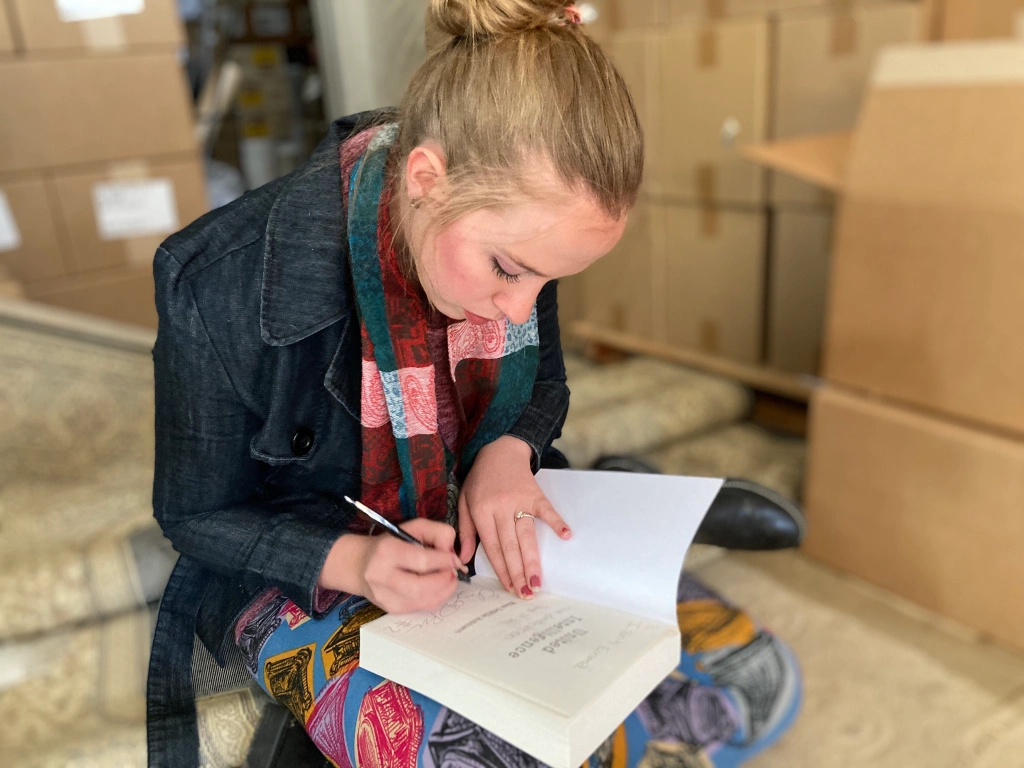
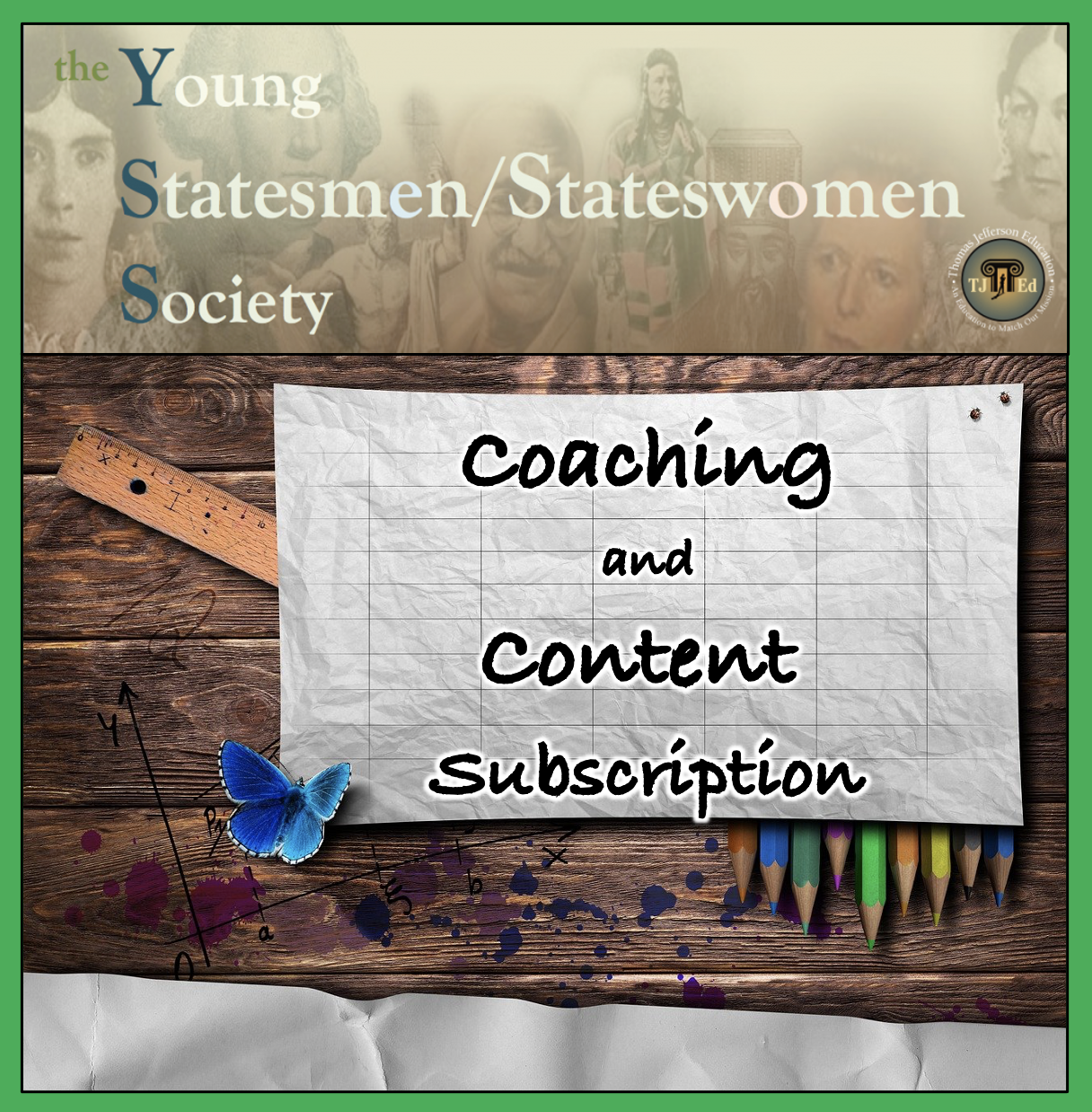
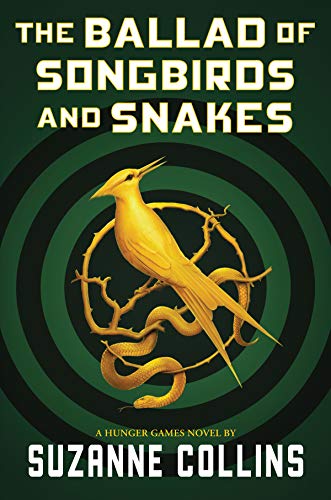
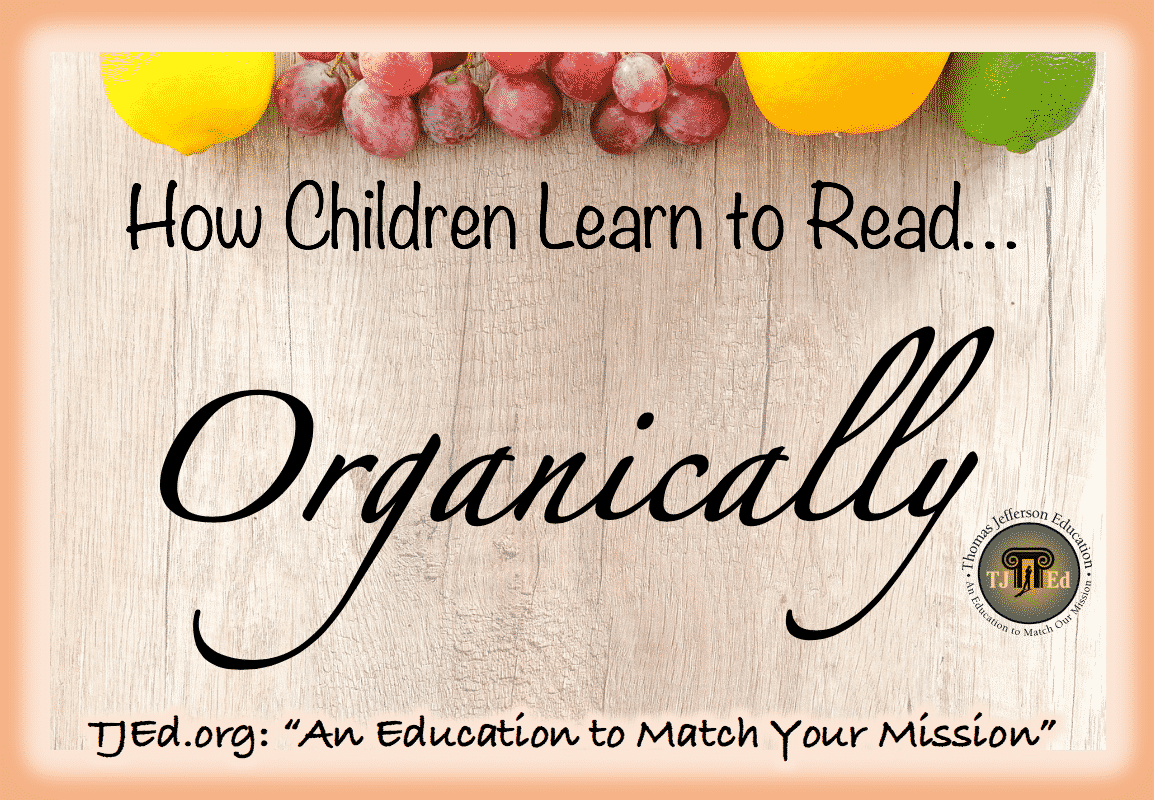
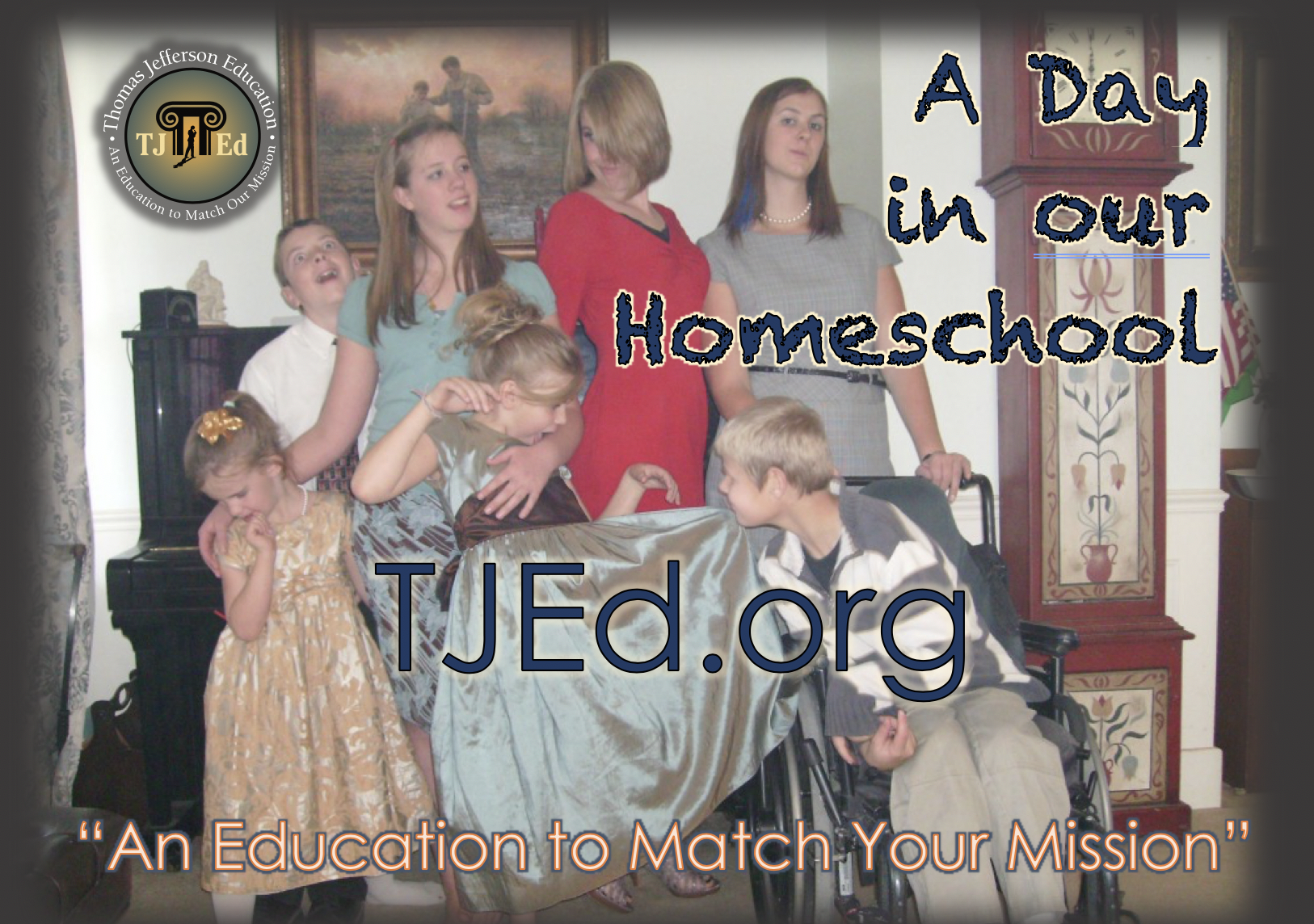

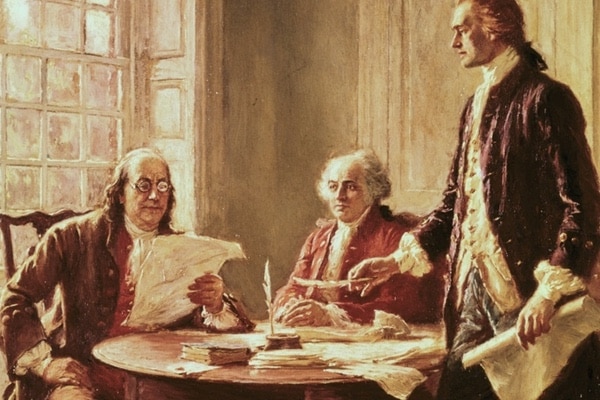

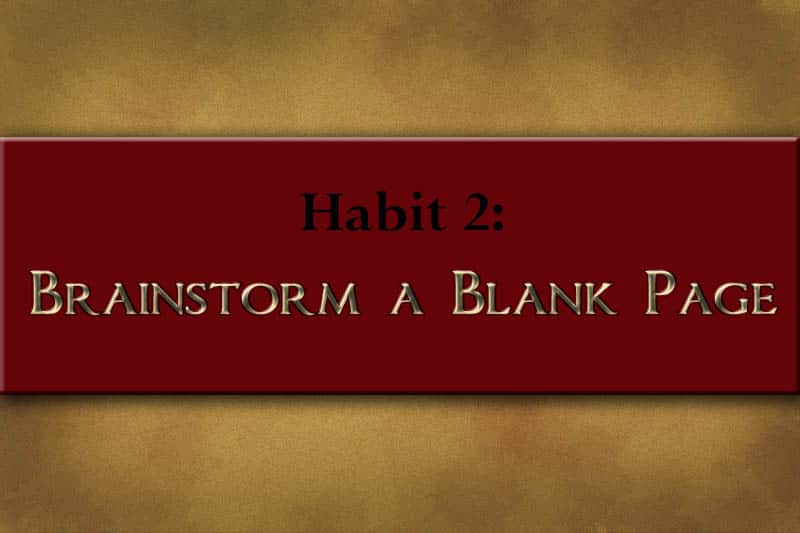







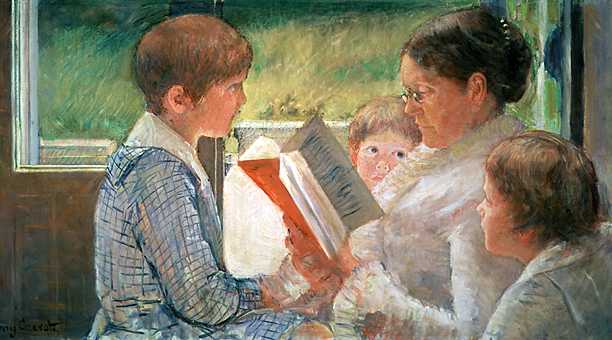

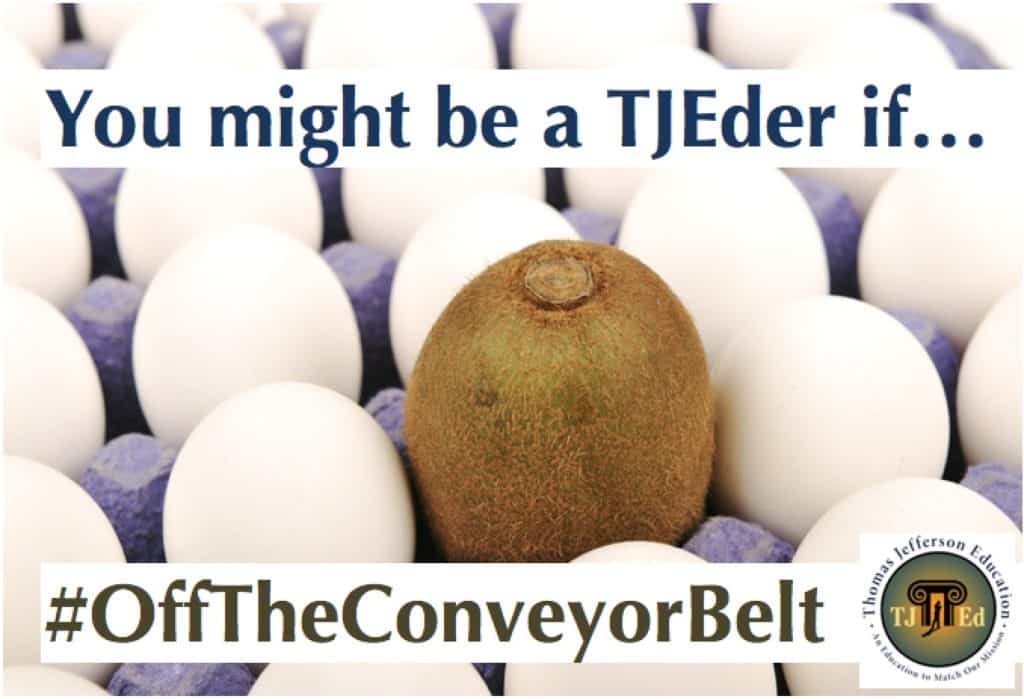


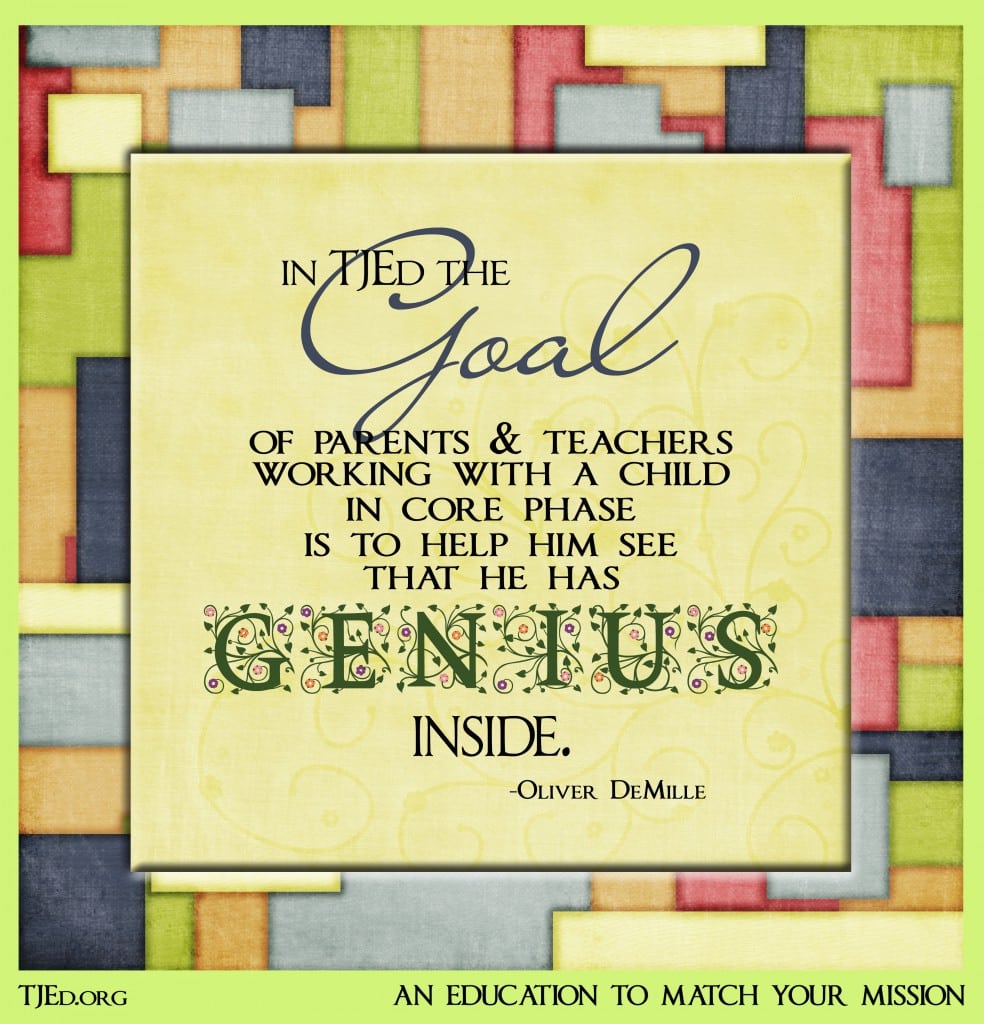



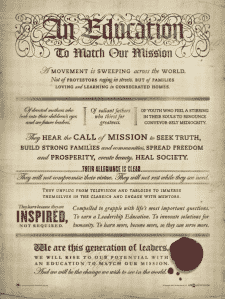



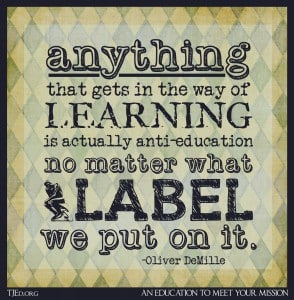
I love this example of the Little House book series teaching so many things. I remember first hearing the Little House books read to me as a child, and how it sparked my imagination, excitement, and a love of good stories. I remember reading them on my own as a youth, and again later to my own young children. Classics are the books I love to pick up and read again and again. No matter how many times I’ve read them, they always bring joy and something new to me as I read them again and again.